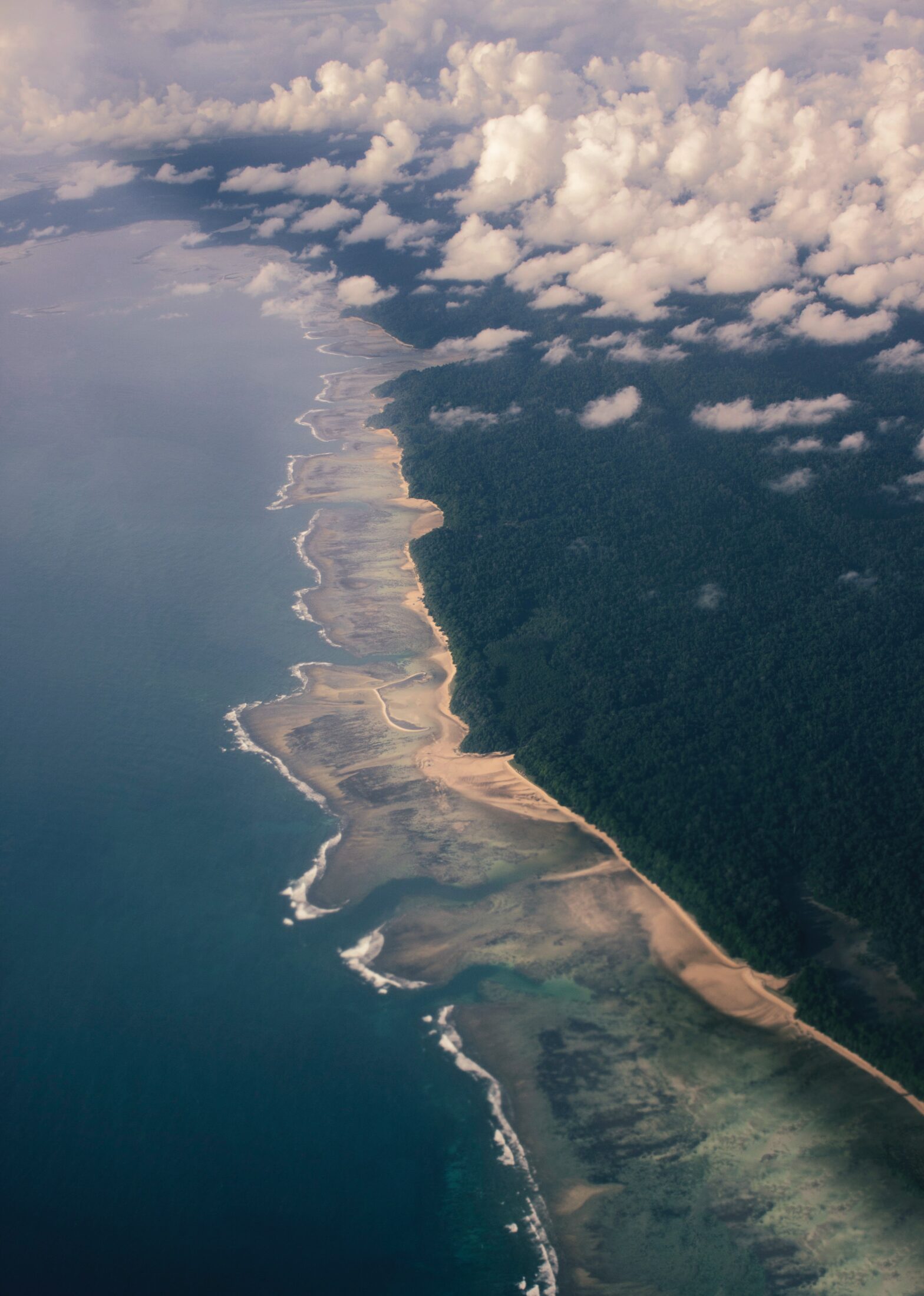Hidden in the azure waters of the Bay of Bengal, North Sentinel Island has long captured the imagination of adventurers and anthropologists alike. However, this remote island, roughly the size of Manhattan, has been strictly off-limits to visitors for decades. There are several reasons why North Sentinel Island and its indigenous inhabitants remain illegal to visit.
Discover more about the island’s singular historical narrative, the Sentinelese inhabitants, and the conservation strategies in place to maintain their isolation.
A Forbidden Place
North Sentinel Island is part of the Andaman and Nicobar archipelago, an Indian Union Territory in the Bay of Bengal. It is one of the last places on Earth that remains untouched by modern civilization. Its dense, lush forests and pristine beaches are a testament to its isolation. The island’s mystery is only heightened by the strict regulations preventing outsiders from setting foot on its shores.
The Sentinelese People
At the heart of the prohibition lies the Sentinelese people, one of the last uncontacted tribes on Earth. They have inhabited the island for an estimated 60,000 years, living a hunter-gatherer lifestyle, completely disconnected from the outside world. Their language, customs, and traditions remain shrouded in secrecy.
The Sentinel Island Experience
The first encounter between outsiders and the Sentinelese in the late 20th century ended tragically when the islanders killed two fishermen. Since then, the Indian government has imposed a strict no-contact policy to protect both the islanders and potential visitors. The Sentinelese are incredibly vulnerable to diseases that could devastate their population due to their isolation and lack of immunity.
Human Rights and Preservation
Critics argue that the ban on visiting North Sentinel Island infringes human rights and hinders scientific research. However, the Indian government maintains that protecting the Sentinelese way of life and the island’s unique biodiversity is crucial. Authorities are also wary that contact with the outside world could lead to violence and conflicts with the Sentinelese.
Conservation Efforts
Beyond protecting the Sentinelese, North Sentinel Island is a biodiversity hotspot. The coral reefs surrounding the island are some of the healthiest in the world, teeming with diverse marine life. The lush forests on the island provide a habitat for several endangered species, including the Andaman wood pigeon and the Nicobar megapode.
Tourism’s Threat
Tourism, if allowed on the island, could bring irreversible damage to its delicate ecosystem. Pollution, invasive species, and habitat destruction are just some potential consequences. In a world grappling with climate change and loss of biodiversity, preserving North Sentinel Island’s pristine environment becomes paramount.
The Future of North Sentinel Island
While North Sentinel Island and its inhabitants remain off-limits, there are ongoing discussions about the future of this enigmatic place. Some suggest that a policy of minimal interference, similar to the approach taken with other isolated tribes, may be the way forward. This would involve maintaining a safe distance and allowing the Sentinelese to decide whether to engage with the outside world.
North Sentinel Island continues to captivate the world with its allure of the unknown. However, the ban on visiting the island is a testament to the Indian government’s commitment to protecting the Sentinelese people and the island’s unique biodiversity. As debates surrounding the island’s future persist, it is essential to recognize the delicate balance between human rights, conservation, and preserving the remnants of an ancient way of life. North Sentinel Island remains an untamed paradise, off-limits to all but the Sentinelese and the mysteries that shroud it.
